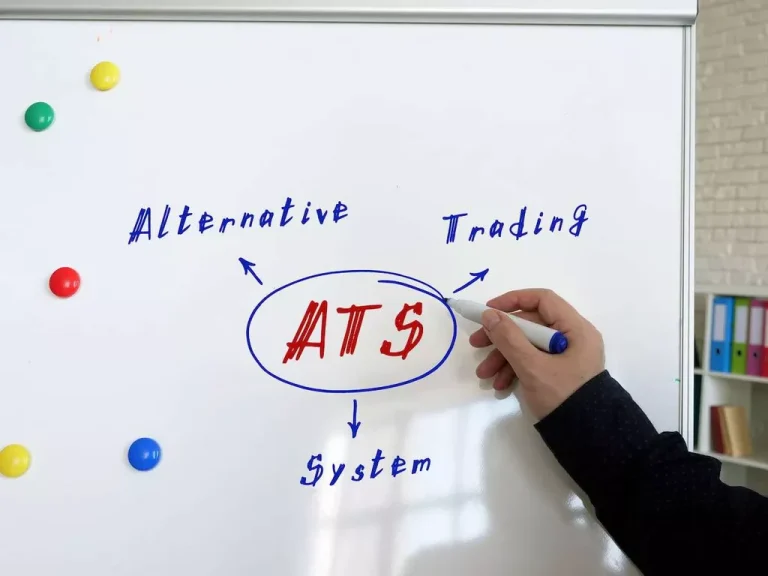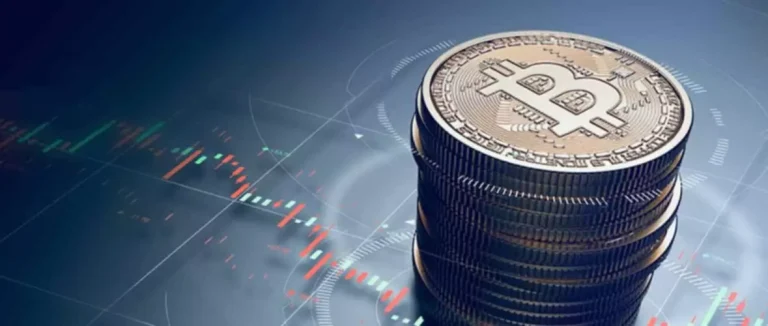Calculating Profits and Losses on CFD Trades
9 Kinds Of Cloud Computing Models
setembro 21, 2023How To Become A Certified Bookkeeper: Certification And Requirements
novembro 2, 2023Content
Commonly with shares as the underlying instrument, you may be charged 0.1% commission. CFDs, or Contract for Differences, are financial instruments that allow traders to speculate on the price movements of various assets without owning the underlying asset itself. Although CFDs spare traders from many of the costs of traditional trading, CFD traders are required Proof of stake to pay the costs of spreads. CFD traders have to pay the spread on entry and exit positions, meaning that it’s potentially harder to make small profits.
What assets can you trade with CFDs?
As in, they derive their value from the movement of an underlying asset. They allow traders to trade price https://www.xcritical.com/ movements without actually owning the underlying asset. When you trade CFDs, you buy a certain number of contracts on a market if you expect it to rise and sell them if you expect it to fall. The change in the value of your position reflects movements in the underlying market. To calculate the profit or loss earned from a CFD trade, multiply the deal size of your position (the total number of contracts) by the value of each contract. Then, multiply that figure by the difference in points between the price when you opened the trade and the price when you closed it.
Investing Wisely in the Digital Age: Navigating the Risks and Rewards
A CFD investor never owns the underlying asset but is paid based on the price change of that asset. For example, instead of buying or selling physical gold, a trader can simply speculate liquidity provider agreement on whether the price of gold will go up or down. The size of your trading account is a major factor in determining your potential earnings. Generally, the more capital you invest, the larger your trades can be and the higher your potential returns.
What Are Contracts For Difference?
The major CFD cost is the spread – the difference between the buy and sell price at the time you trade. There is an additional charge of an overnight fee, which is taken if a trade is kept open overnight or all day, depending on the region. CFD trading democratises the markets by providing a low entry level. Capital.com has traders who open positions worth more than $1m a time, but the minimum deposit you can trade online with is just $50 (€50, £50, 500PLN). The spread on the bid and ask prices can be significant if the underlying asset experiences extreme volatility or price fluctuations.
Building a Successful CFD Trading Strategy With Technical Analysis
- If your prediction turns out to be correct, you can buy the instrument back at a lower price to make a profit.
- Join eToro and get access to exclusive eToro Academy content such as online courses, inspirational webinars, financial guides and monthly insights directly to your inbox.
- If you trade with large positions, this fee could become significant and is worth factoring into your trading strategy.
- At this stage a trader will also get an idea of what underlying assets they may like to speculate on using CFDs.
- When equities markets worldwide tumbled in 2022, investor interest in CFD trading also declined.
- They believe that the price of Apple shares will rise, and they decide to buy a CFD on Apple shares from their CFD broker.
- In order to trade the asset, you must pay an initial fee that covers the spread when your position was opened.
Margin and leverage are important considerations when trading CFDs. One of the key advantages of CFD trading is that you only need to deposit a small percentage of the total trade value. FXTM’s margin calculator is a useful tool to help you to manage your margin on the FXTM Standard account.
However, if the market doesn’t go your way and the price drops to $5, and you decide to sell, you would have to cover the $5 loss. In this scenario, you’d be paying the difference between your original price ($10) and the new lower price ($5). However, trading CFDs is a risky business relative to other forms of trading. Most successful CFD traders are veteran traders with a wealth of experience. The spread also decreases winning trades by a small amount compared to the underlying security and will increase losses by a small amount.

This amount is simply “borrowed” for the specific trade and you do not keep the full amount – only the amount by which the position has increased. We may receive compensation from our partners for placement of their products or services, which helps to maintain our site. We may also receive compensation if you click on certain links posted on our site.
CFDs can be used to trade a wide range of asset groups, such as stocks, indices, forex and commodities. This can open up new markets to investors looking to trade different asset groups in a user-friendly and potentially less capital intensive way. Whichever market you are targeting, the process of booking a trade will be the same. The main difference between trading contracts for difference and share trading is that when you trade a CFD, you speculate on a market’s price without taking ownership of the underlying asset.

Forward CFDs, on the other hand, have an expiry date, which you can find on each market. While technical analysis is a valuable tool, it’s important to acknowledge its limitations. One of the limitations is that technical analysis solely relies on past price data to forecast future trends.
If the market moves in the expected direction (downward in this case), the trader makes a profit. Going short allows traders to profit from declining markets, and it’s a way to capitalize on assets they believe will lose value. Leverage in CFD trading is a financial mechanism that allows traders to control a larger position size in the market with a smaller amount of capital. It magnifies both potential profits and losses, making it a powerful but high-risk tool. Also, when you trade CFDs with leverage, you are essentially borrowing additional capital from the broker to increase the size of your position beyond what your own capital would allow.
The price falls to $160, giving you a profit of $1,000, or $10 per share. If, however, the price rises to $180 a share, you lose $1,000, or $10 a share. If you think the price of an asset will rise, you would open a long (buy) position, profiting if the asset price rises in line with your expectations.
If you have a reason to believe the market will increase, you should buy. Using that $1,000 as the initial deposit, they decide to buy 100 CFDs in Tony’s Tyre Store, thereby creating a position that maxes out that total allowance of $5,000 (100 CFDs x $50). Brokerages make money by offering CFDs at a slightly wider spread than the actual market spread. The use of funds borrowed from an online broker allows individuals or entities to control a larger position than if they used just their own funds. Individuals can choose to go long (speculating on the price going up) or short (speculating on a falling price) when trading CFDs.
However, without proper risk management, trading can resemble gambling in its potential for loss. Contracts for Difference (CFDs) allow you to trade a wide range of financial instruments, including forex, global stocks, indices, commodities, cryptocurrencies, and more. CFD trading has become increasingly popular over the years due to its lower capital requirements compared to traditional trading methods.
It is also important for traders to use tools like stop loss orders to help them establish strong risk management protocols. These particular functions automatically close a position when the market plunges to a price level that the trader has pre-selected, which in turn helps to minimize losses. In the case of a long trade, an investor will buy the CFD at the market price and look to sell it back after (hopefully) the value of the underlying asset has risen.

Going long means buying a CFD with the expectation that the price of the underlying asset will rise. If the market moves in the anticipated direction, the trader makes a profit. This is the conventional way of trading when investors believe an asset’s value will increase over time. The name “Contract for Difference” comes from the agreement to exchange the difference in the asset’s value between the opening and closing of the contract. Spread bets and CFDs are complex instruments and come with a high risk of losing money rapidly due to leverage. 71% of retail investor accounts lose money when spread betting and/or trading CFDs with this provider.
